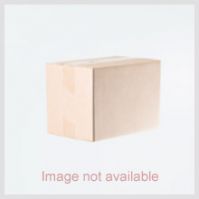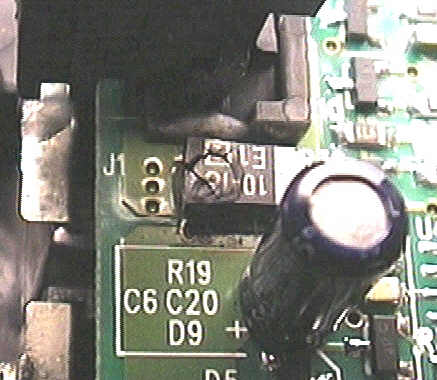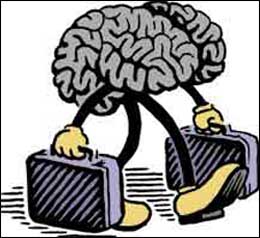Friends ,
Here we shall try to learn how actually an adaptor works. Is there a way to build one by hands on? Why does we actually require an adaptor works?

In normal language :
"Adapter" is a person who is able to adapt, to change himself or his
approach when the environment around him changes.

ACCORDING TO WIKIPEDIA:
An adapter or adapter is a person that adapts or device that converts attributes of one device or system to those of an otherwise incompatible device or system.
TWO TYPES OF ADAPTERS ARE PRESENT:
1,
Alternating Current Adaptors

- According to The American Heritage Dictionary of the English Language, Fourth Edition, alternating current (AC) is "an electric current that reverses direction in a circuit at regular intervals." This means that the amount of current (measured in amperes, or amps) goes from positive to negative at a regular interval. This interval is measured in cycles per second, or hertz (abbreviated Hz).
An AC adaptor is used to convert one AC voltage into another AC voltage. For example, you may see an AC adaptor that converts voltage from a wall outlet into 12 volts alternating current (abbreviated as 12 V AC). In the United States, that would mean that the voltage was converted from 120 V AC to 12 V AC.An AC adaptor will also be rated for maximum power output in watts. Watt's Law (named after James Watt, an 18th century Scottish engineer) states that 1 watt (1 W) is how much power there is in an electrical circuit where 1 amp (1 A) of current flows across a difference of 1 volt (1 V). Therefore, a 12 V AC adaptor rated at 36 W will have a maximum output of 3 A.Unless the AC adaptor changes the interval at which the current reverses direction, AC adaptors will only be rated at the input interval (such as 60 Hz for the United States).
Direct Current Adaptors

- The American Heritage Dictionary of the English Language defines direct current (DC) as "an electric current flowing in one direction only." Therefore, the direct current remains flowing in a constant direction, with no changes in frequency or polarity (changing from positive to negative).A DC adaptor differs from an AC adaptor in that the DC adaptor converts AC electricity into DC electricity. For example, a 12 V DC adaptor sold in the United States will convert 120 V AC at 60 Hz into 12 V DC.Like its AC counterpart, a DC adaptor is also rated for maximum power output in watts. Therefore, a 12 V DC adaptor rated at 36 W will also be capable of a maximum output of 3 A, but the difference is that the current is constant, flowing in one direction, rather than the constantly reversing alternating current that the AC adaptor puts out.
Warning

- While AC and DC adaptors are rated using similar terminology and units, the outputs of these adaptors are very different. Due to the nature of its constantly-reversing electrical current, AC electricity can damage some electrical circuits that were designed for DC electricity. Similarly, DC electricity will cause excess heat in some electrical components, such as transformers, thus causing them to be damaged or destroyed.
Instructions
- 1Unplug the AC/DC adapter from the wall outlet. Unplug the adapter from the electronic device.
- 2Record the correct output voltage for a properly working AC/DC adapter. Locate this information on the adapter's label. Look for language such as "Output Voltage VDC."
- 3Turn the multimeter's range selector knob to "VDC." Plug the black lead into the jack marked "COM." Plug the red lead into the jack marked "V."
- 4Insert the red voltage probe into the center of the adapter's output jack.
- 5Plug the adapter's power cord into the wall outlet. Place the black voltage probe onto the outside ring of the adapter's output jack. Do not allow the two voltage probes to touch each other.
- 6Read the voltage on the multimeter's display. The AC/DC adapter is faulty if you see a lower voltage than the label specifies. Move and bend the cable near the output jack from side to side. The cable is damaged if the voltage reading fluctuates.
 SOURCE:WWW.EHOW.COMTO BE CONTINUED..............
SOURCE:WWW.EHOW.COMTO BE CONTINUED..............
- 1
\







 '
'


 Indian
Indian 

